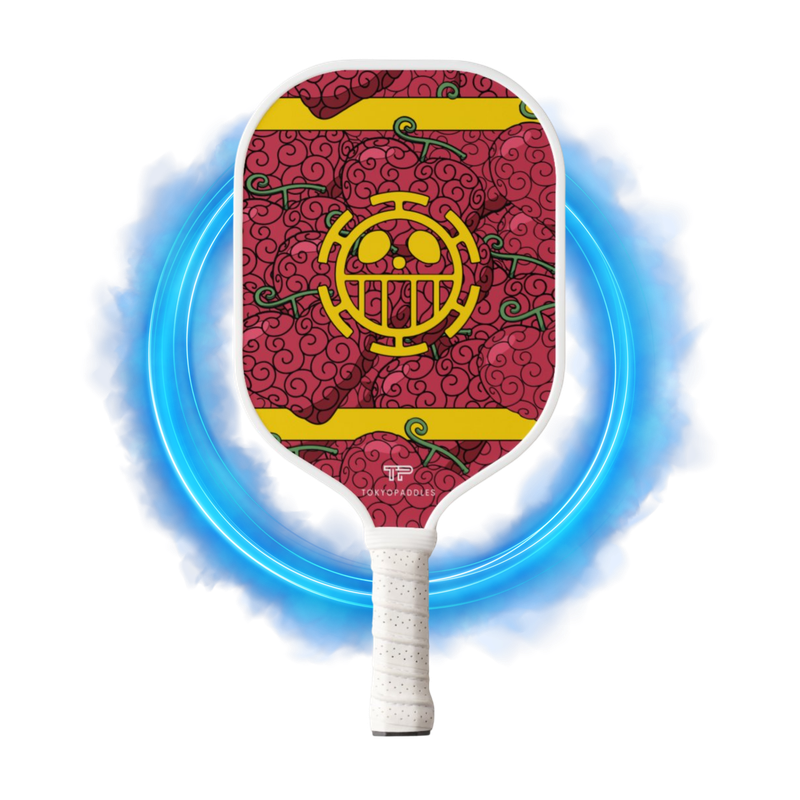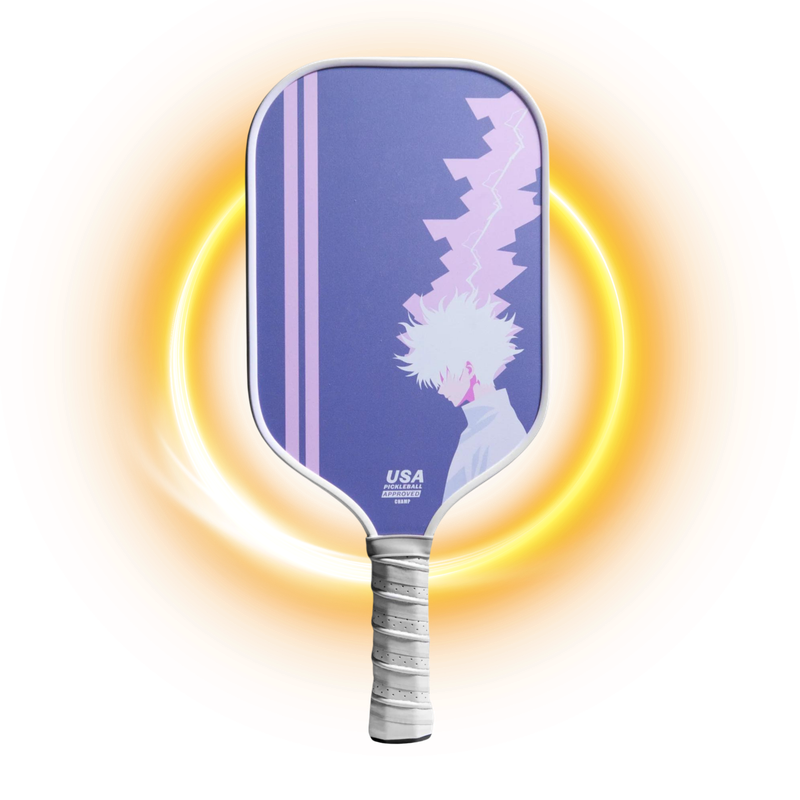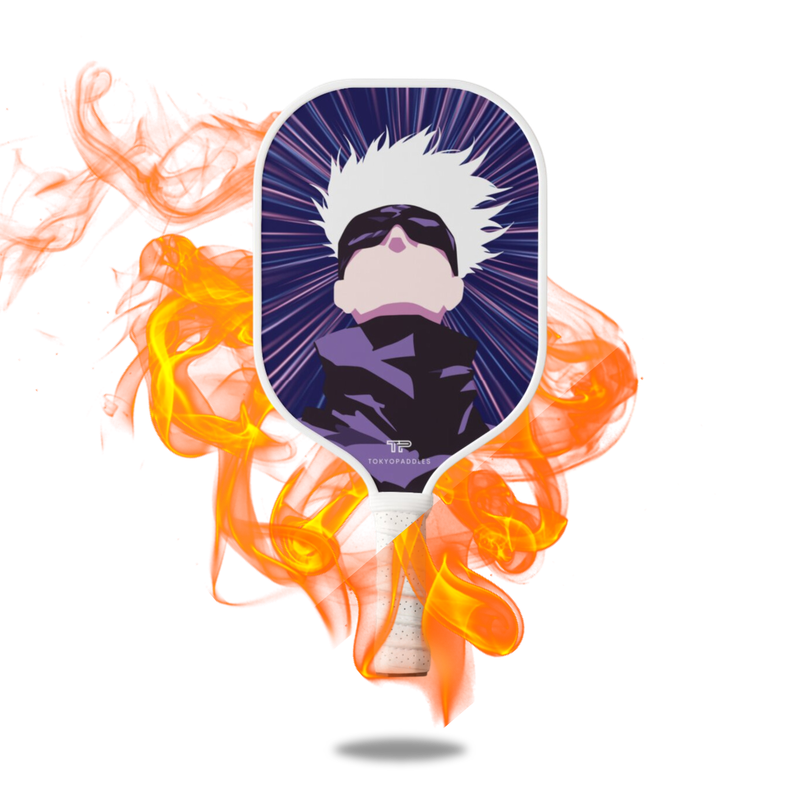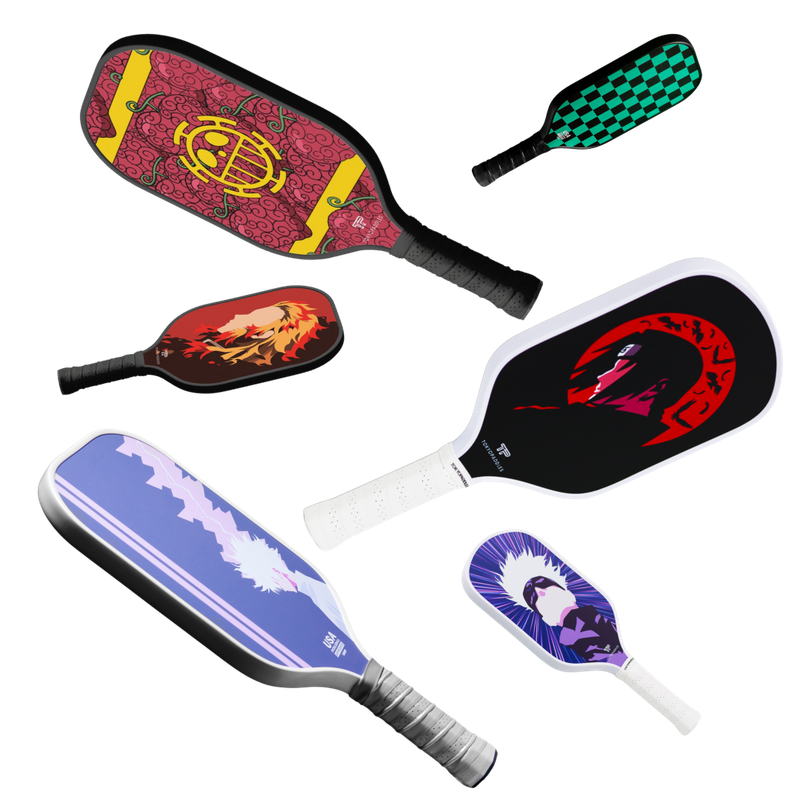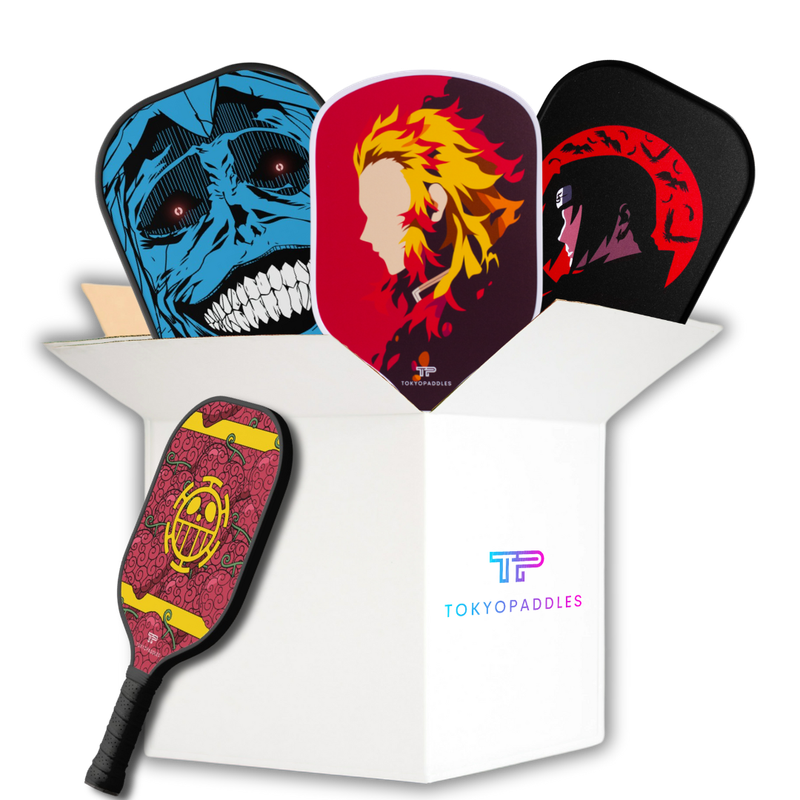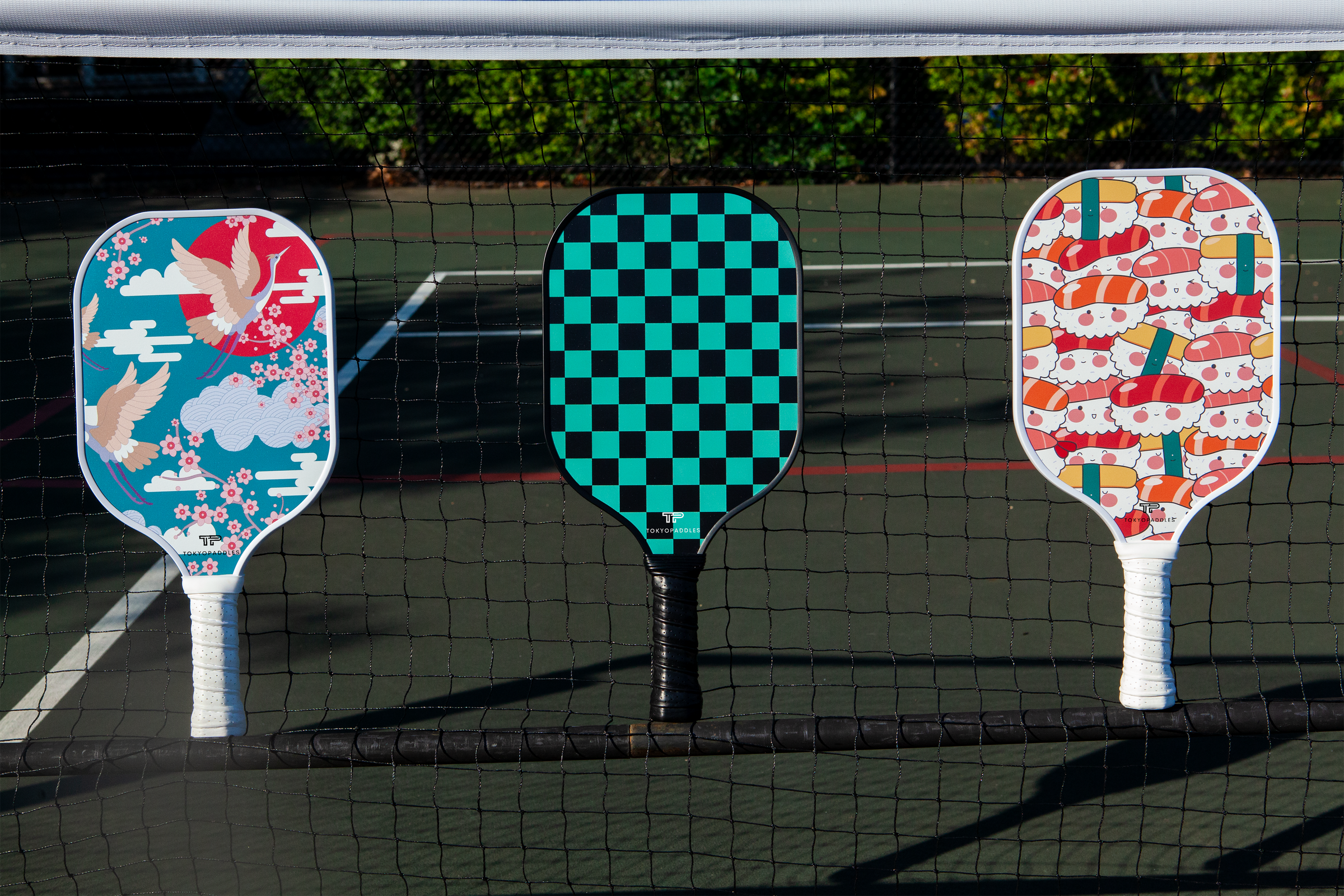Selecting the Perfect Pickleball Paddle: A Beginner's Guide
Understanding Pickleball and Its Equipment
Pickleball is a rapidly growing sport that combines elements of tennis, badminton, and table tennis. It is played on a smaller court with a net that resembles a tennis net, using solid paddles to hit a perforated plastic ball over the net. The sport is accessible to players of all ages and skill levels, but to play your best game, choosing the right equipment is crucial. The most important piece of equipment in pickleball is the paddle, and for beginners, selecting the perfect paddle can be a daunting task.
Factors to Consider When Choosing a Pickleball Paddle
To find the ideal paddle that suits your style of play, it’s essential to consider several factors:
1. Weight
The weight of the paddle is one of the most significant factors to consider. Pickleball paddles can range from 6 to 14 ounces. Lighter paddles provide better control and are easier on the arm, making them an excellent choice for beginners. However, they require more power from the player when hitting the ball. Heavier paddles, on the other hand, offer more power but can lead to quicker fatigue and may be difficult to maneuver for some players.
2. Material
Pickleball paddles are made from various materials that affect their performance, including wood, composite, and graphite. Wood paddles are the most affordable and are quite durable, but they are also heavier and offer less control. Composite paddles are a middle ground—they offer a good balance between power and control and come in a variety of weights and surfaces. Graphite and carbon fiber paddles are lightweight and provide excellent control, making them a favorite among experienced players, but they tend to be the most expensive. Learn more about materials here.
3. Grip Size
Selecting a paddle with the right grip size is essential for comfort and injury prevention. If the grip is too large, it can slip in your hand or cause you to hold the paddle too tightly, leading to fatigue. A grip that is too small can also lead to increased wrist movement, which can cause strain. To determine the appropriate grip size, measure the distance from the tip of your ring finger to the middle crease of your palm. This measurement typically ranges from 4 to 4 1/2 inches for adults. When in doubt, choose a smaller grip size, as you can always add an overgrip to increase the diameter.
4. Paddle Shape
Pickleball paddles come in different shapes and sizes. A wider paddle face may offer more hitting surface, which can be useful for beginners. Longer paddles provide an extended reach but can have a smaller sweet spot and may decrease control. Consider your playing style when choosing a paddle shape: Are you an aggressive player who likes to smash from the baseline, or do you prefer a controlled, finesse game?
5. Price
Finally, consider your budget when selecting a paddle. Beginners may want to start with a more cost-effective option and upgrade as they develop their skills and preferences. Keep in mind that the most expensive paddle is not necessarily the best paddle for every player, so focus on the features that meet your specific needs.
Testing and Personal Preference
Before making a final decision, it's beneficial to test different paddles if possible. Many sporting goods stores and pickleball clubs offer demo programs that allow you to try various paddles on the court. Pay attention to how each paddle feels in your hand and how it affects your swing and ball control.
Ultimately, the perfect pickleball paddle is one that feels right for you and enhances your game. By considering the weight, material, grip size, shape, and price, and getting some hands-on experience with different options, you can confidently select a paddle that will serve you well as you learn and grow in the sport of pickleball.

